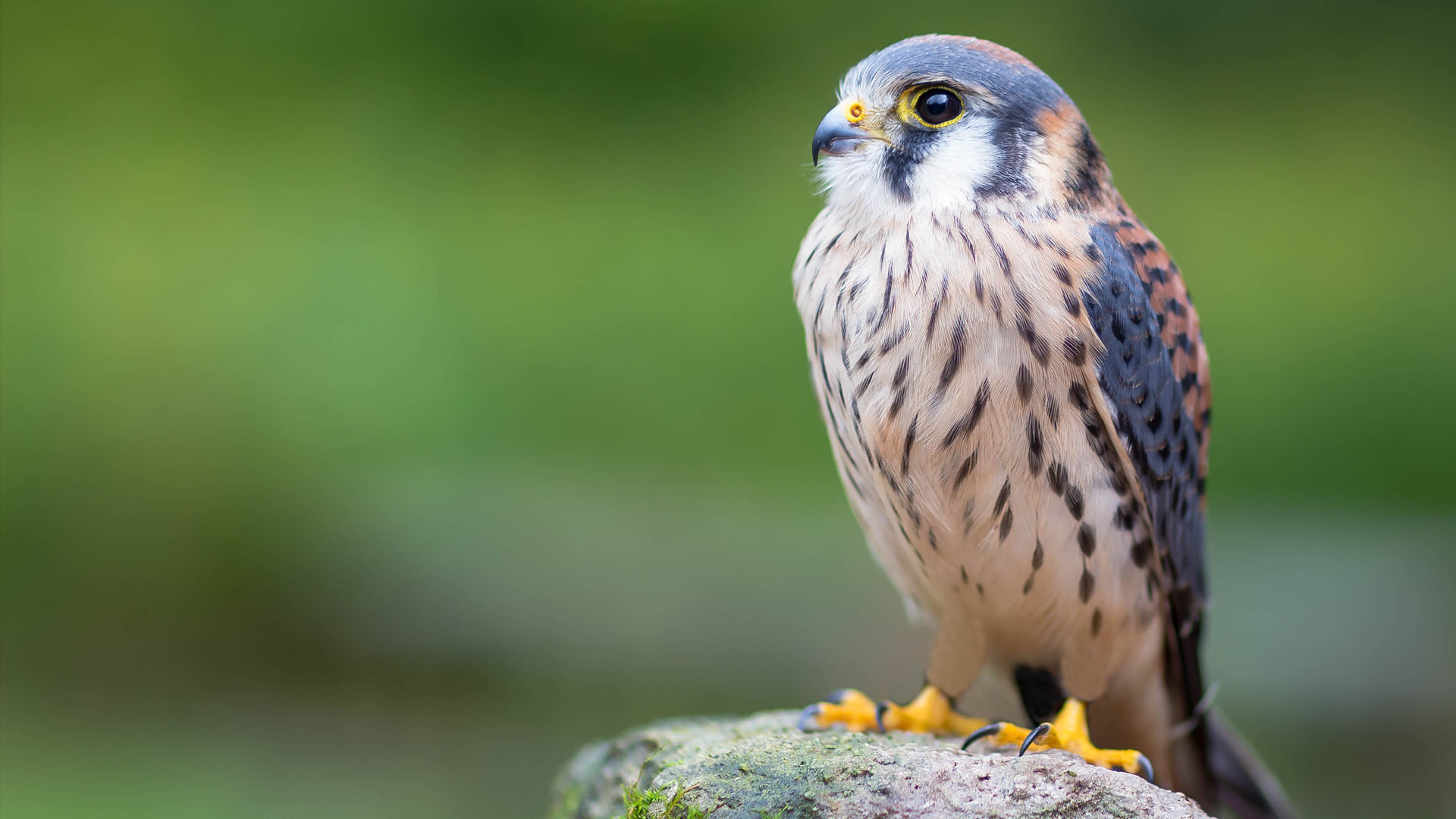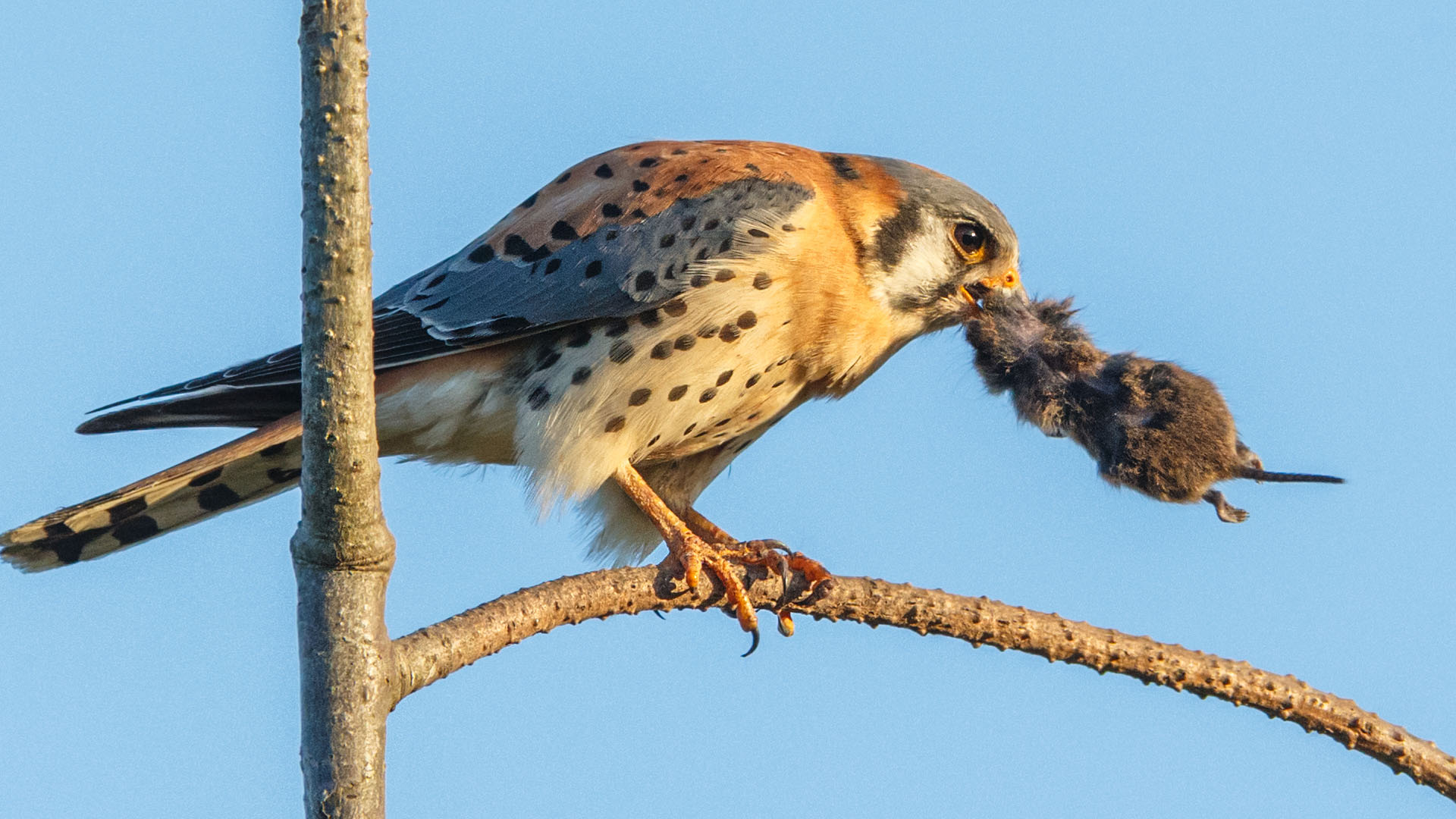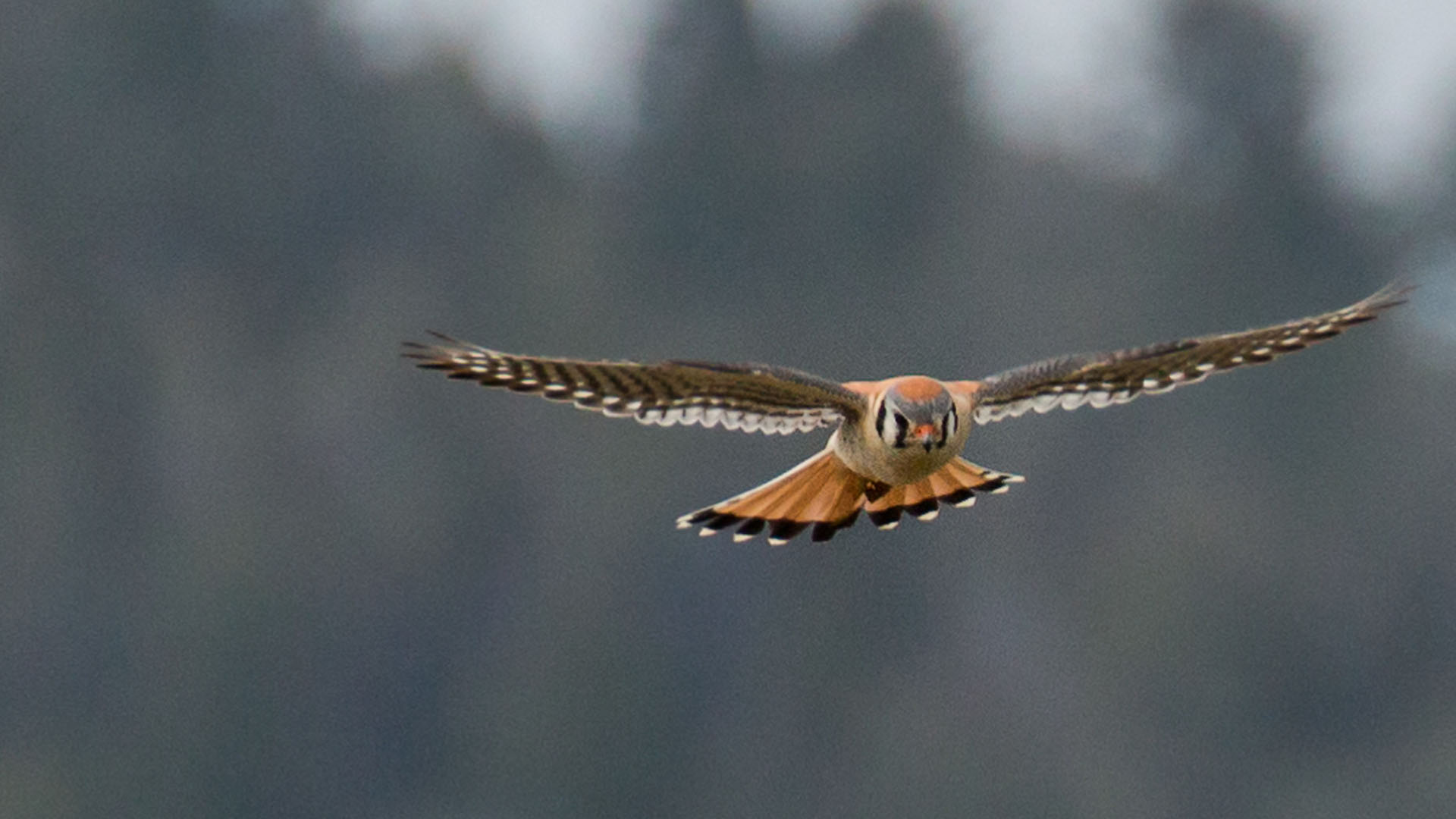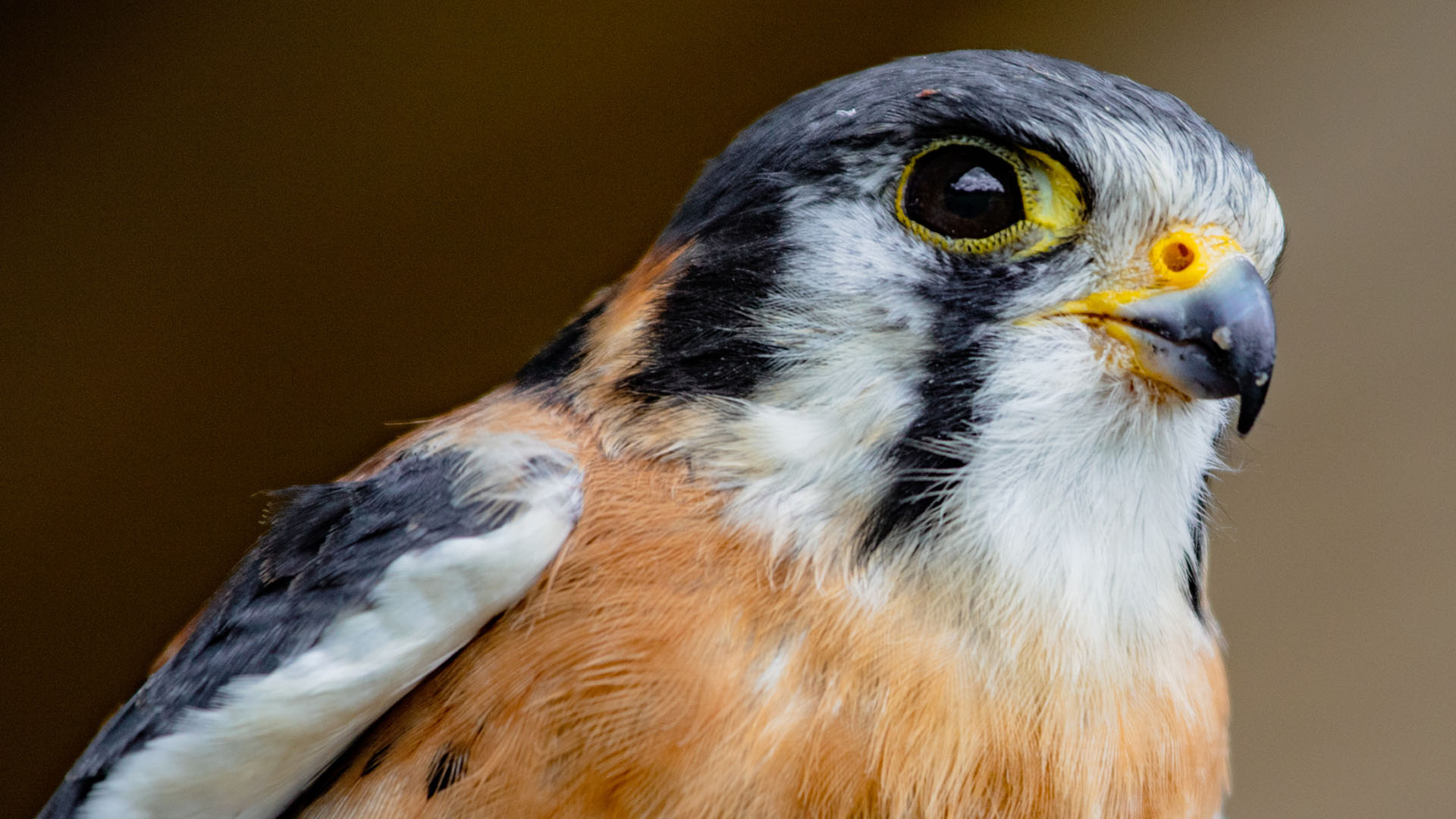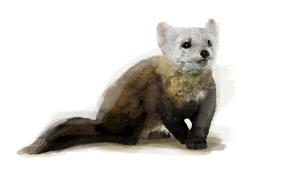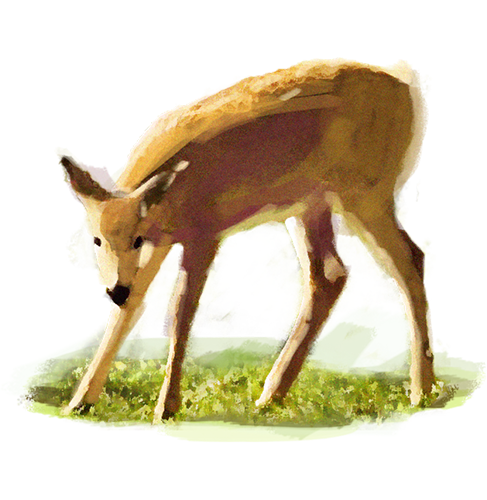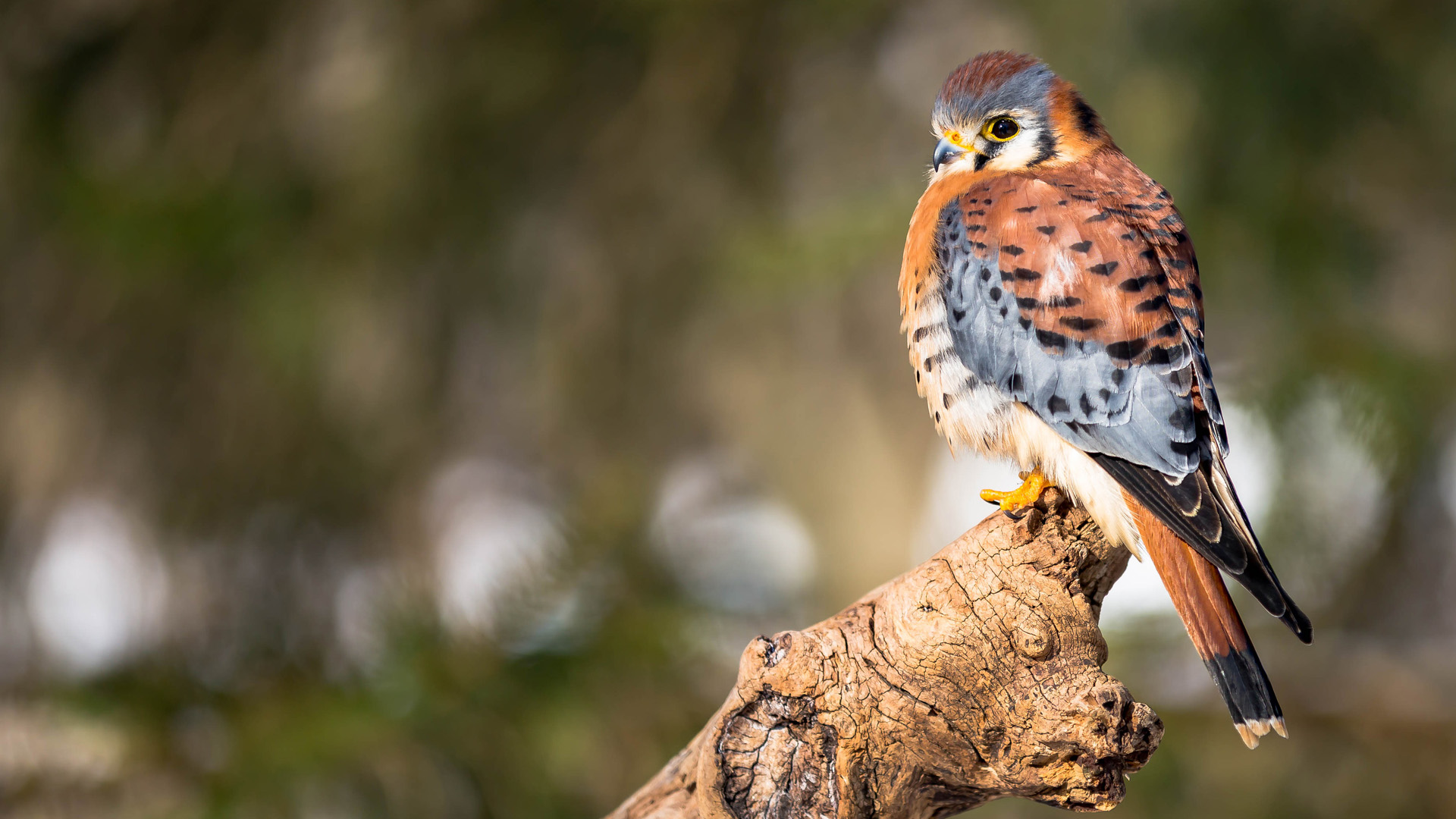
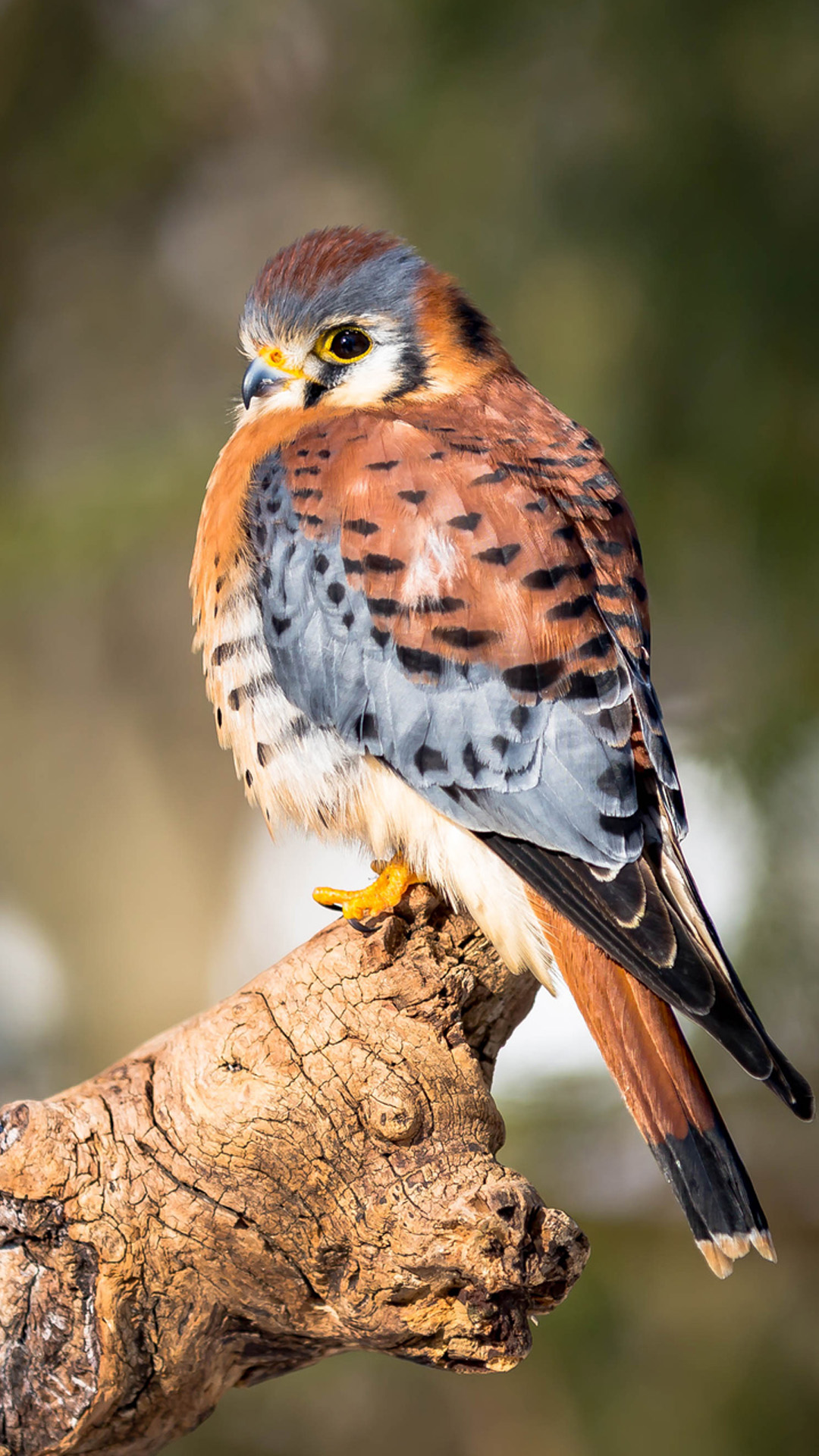
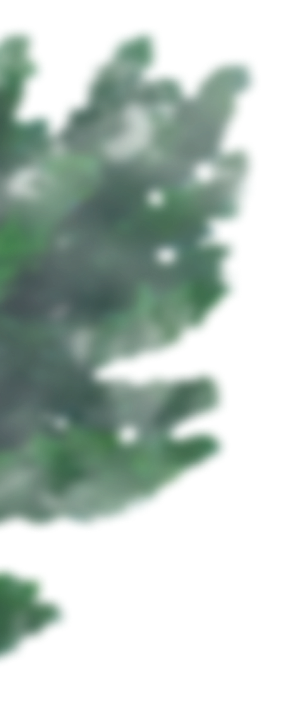
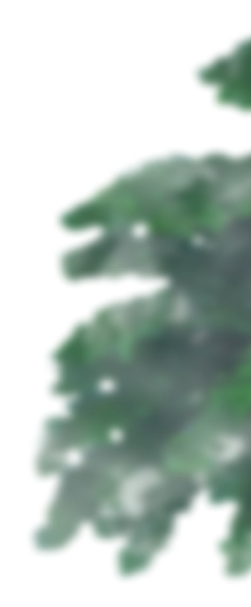
The American Kestrel is part of our educational program. This species is not visible to the public at all times, but it is possible to meet them during some of our educational activities.
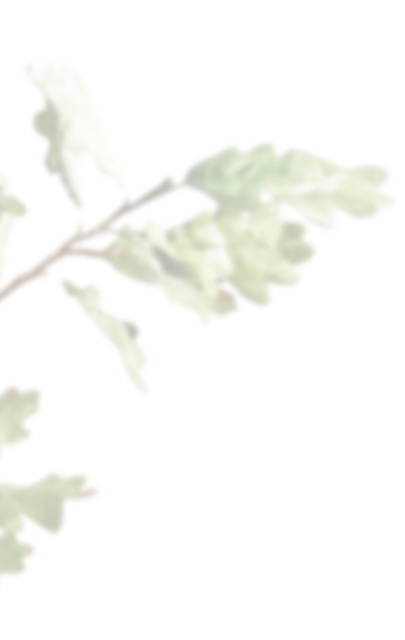
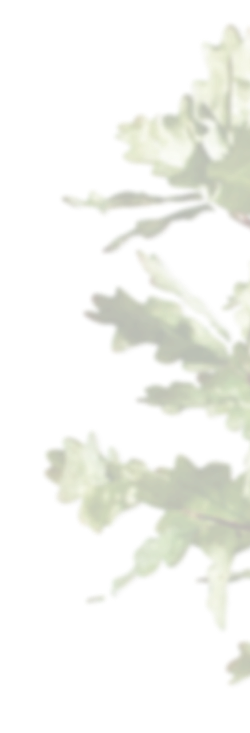
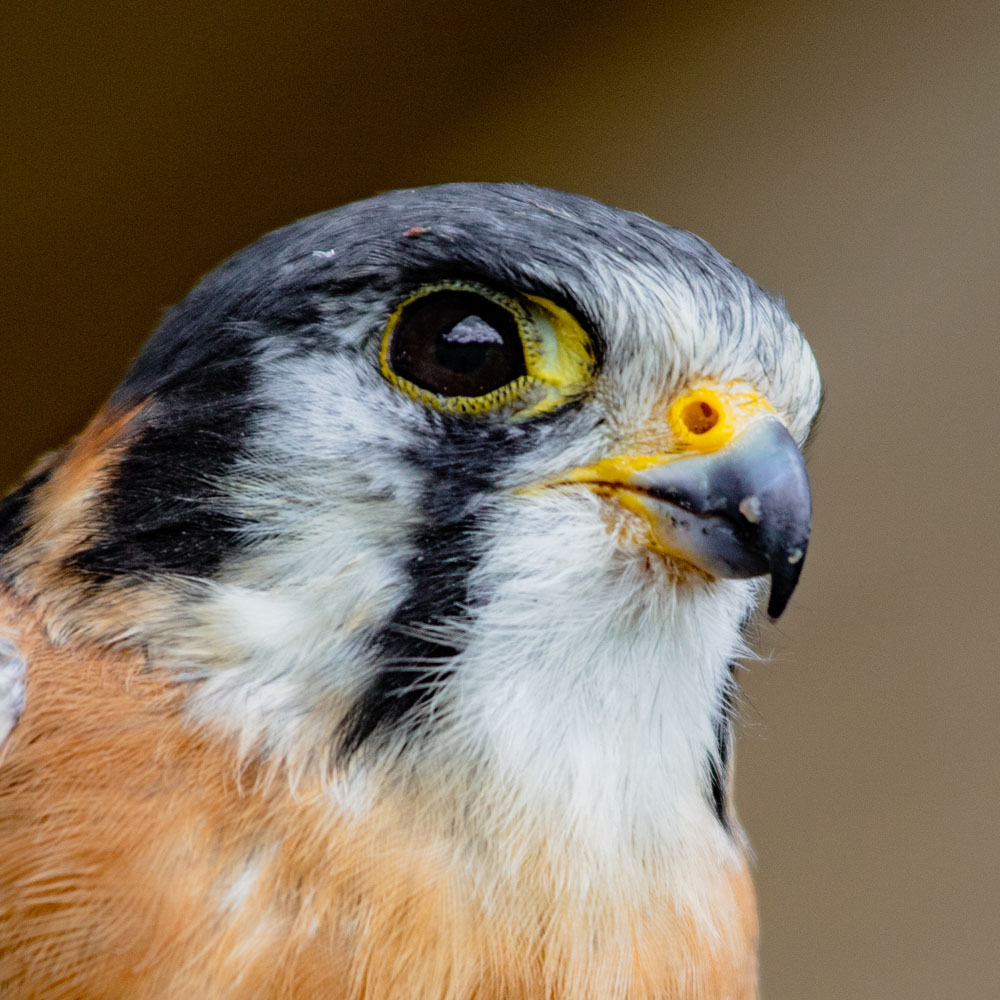
Throughout the year, it is possible to cross paths with a bird in distress: broken or damaged wing, collision with a vehicle or electrical wires, birds are often unlucky and face many dangers. If you find a bird in distress, contact the Ministère des Forêts, de la Faune et des Parcs at 1-877-346-6763.
